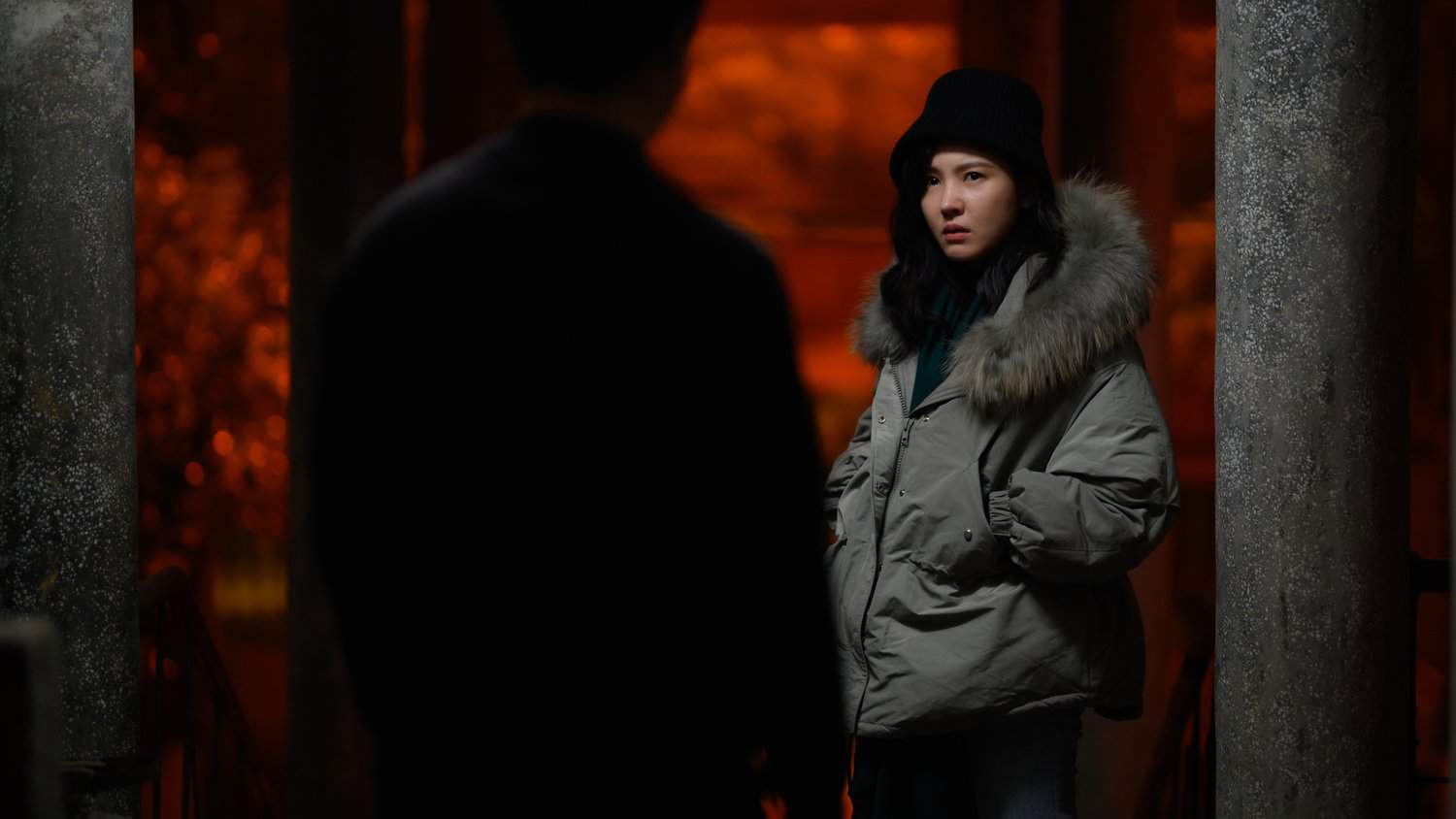Ethnographic documentaries are amongst the most difficult to shoot, since they demand close and lengthy (time-consuming if you prefer) examination of the people of the main subject, along with knowledge of their history, customs and general circumstances. Anushka Meenakshi and Iswar Srikumar film such a documentary, which manages to stand out though, due to its main theme, which also focuses on music.

“Up Down & Sideways” runs as part of the 9th edition of the Bagri Foundation London Indian Film Festival, that runs at 15 cinemas, across London, Birmingham and Manchester, from 21st June to 1st July, with 27 films, including features and short films, in competition. It is the largest South Asian film festival in Europe. Buy your tickets via this website, at respective cinema box offices: http://
The place of interest is a village called Phek in the Indian state of Nagaland near the border with Myanmar, with a population of about 5,000, almost all of whom are rice farmers. The elements that stick out though, is the fact that they work in cooperative groups called mülé, and that during their work, men and women sing lis, a polyphonic kind of folk song, which implements a question-and-answer style. The height of voices changes as the song progresses, with the locals perceiving (and explaining) this change of height as going up, then down and then sideways.
The filmmakers record these songs as closely as possible, even including whole, and quite lengthy “sessions” at times, while also focusing on the life stories of the inhabitants, through interviews that also explain the traditions of the lis, mostly in comic and slightly crude style, as is the case with the context of the songs.
During the last past of the documentary, the focus changes completely and deals with the politics of the area and particularly the continuing feud with the Indian government, which has been going on since the 50s and the Naga insurgency, which resulted in the Indian Forces burning hundreds of villages in the area. As this part initiates, the tales of the locals become more serious and sad, as is the case with the general aesthetics of the film.
The documentary thrives on antithesis, as it portrays an underdeveloped society, at least in terms of the use of technology, who have reached extreme heights in the prowess in music (and dancing) though, as it is revealed by their training sessions, which actually start on school level. Through the presentation of the role music plays in their lives, the filmmakers analyze the character of the locals quite thoroughly, in a group of people whose lives seem as if they have escaped from another, much more romantic era.
Ethnographic documentaries are not the easiest to watch, since one has to have an interest, at some level at least, to the main subject. This aspect also exists here, with the lengthy sessions of the songs addressing only people who actually enjoy this particular music. However, through a number of other elements, such as the historic events and the cinematography, the filmmakers avoid allowing the film to become dull.
In that aspect, the documentary functions as a tour guide of the area, with the cinematography by the two filmmakers and Tarun Saldanha being exceptional, as another antithesis, the one between earth and water provides some images of extreme beauty, along with the ones that include the people's shadows on the water.
“Up Down and Sideways” is a beautifully shot documentary that sheds light to a relatively unknown part of India and its inhabitants, as it also transcends the borders of the ethnographic film through its basic theme, music.

















